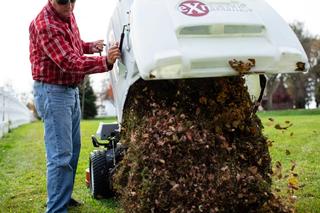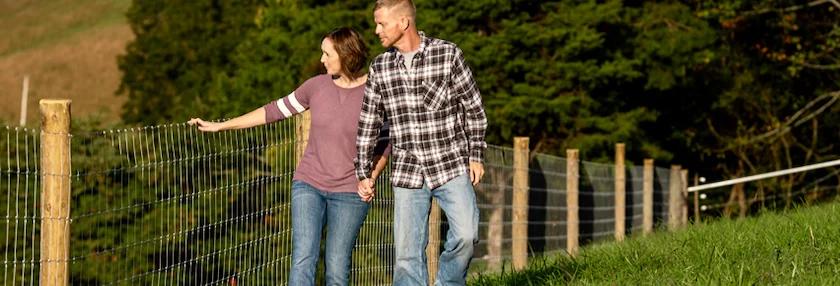Six Tasks To Improve Your Homestead
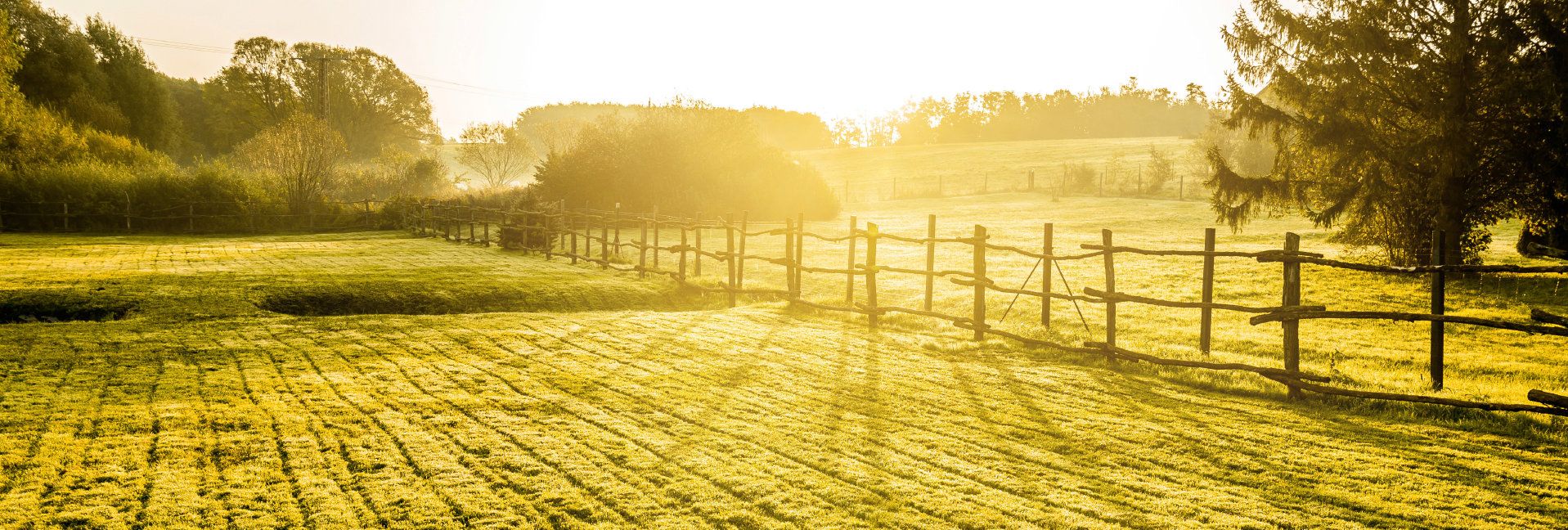

Welcome to Seasonal Acres, a periodic reminder of jobs you can do around your acreage that will keep life simple and rewarding.
You never miss the water…
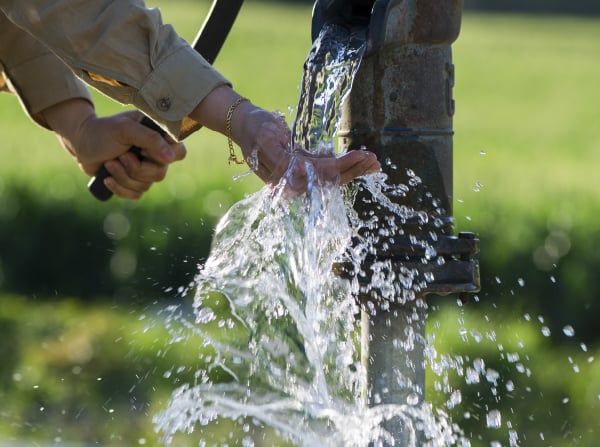
The National Ground Water Association (NGWA) recommends that well owners test their water annually for bacteria, nitrates, and “any contamination of local concern.”
Your water doesn’t necessarily have to go off-taste to have a problem, but any change in taste, odor or appearance could signal something is amiss. Your freshwater aquifer can be affected by nearly anything happening on the surface or way deep underground.
There might be external factors to consider as a cause:
The neighbor deciding to graze cattle on the hillside above your well
Unusual rainfall causing runoff
Planting of new crops or using new pesticides nearby
Surface water flooding
Low well-water level
Get water test kits at hardware stores, Walmart, or from your local county offices.
If your well water goes bad more than occasionally, it might just pay to consider installing a water purification or other type of drinking water producing apparatus. Viqua, for example (viqua.com) offers everything from specific contaminant filters, to ultrafiltration to remove gases like hydrogen sulfide.
Rough drive?
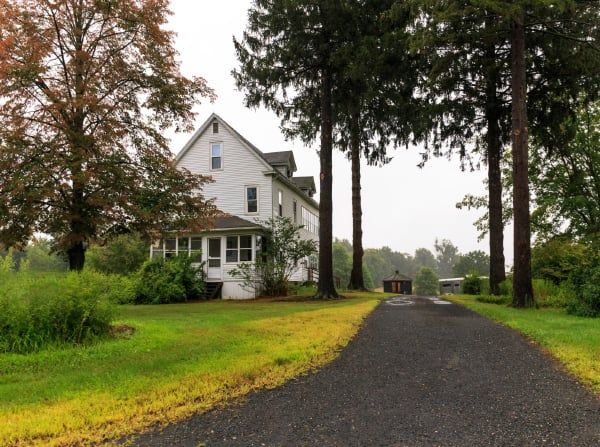
If heavy rains or winter meltwater have rutted your gravel drive, you’ll want to grade everything back into place before even going for morning coffee rattles the fillings out of your head.
First, you’ll need to replace what has washed away (or relocated where it shouldn’t be…such as your lawn). A power lawn broom will go much faster and easier than using a hand rake. Power tool manufacturers such as Yardmax, Stihl, and Husqvarna offer broom attachments for their devices—after fitting the attachment to the head, rotating flails pick up and propel gravel back where it belongs.
For larger problems, consider a pull-behind lawn rake. This device works in much the same manner but cuts a wider swath behind your subcompact or compact tractor, or UTV. Yes, you’ll have to remove lighter material from the hopper, but the gravel will be at the bottom and is easily relocated then.
Once you have the gravel relocated—in severe cases, plan on ordering more from a local gravel or material hauling company—it needs to be graded and tamped down. Many small tractor manufacturers sell their own branded grading blades, but what you need is a box blade. DR Power (drpower.com) and Northern Tool + Equipment offer some that attach to your tractor’s three-point hitch, and are designed for leveling gravel drives. Just be certain to get one that matches the size and weight of your tractor.
Fences make good neighbors
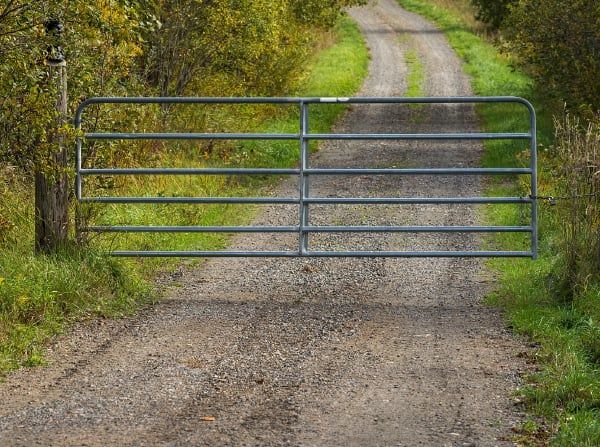
The problem with fencing is that posts have to be replaced, and debris from trees—not to mention the weight from cattle and horses—can flatten things down in no time. Springtime is a great time to replace posts and re-string wire.
Nothing makes short work of digging out and replacing fence posts like a hydraulic fence post driver or post hole digger—just attach to your tractor’s hydraulic system. They are so popular, you might be able to rent one locally.
If wire fencing isn’t doing the trick due to rusting or continual breaking from animals or tree limbs, consider re-fencing with a more forgiving synthetic material. Not only is it lighter than metal (making it easier to work with), but products like Finishline Fencing’s polymer material flexes and can last for years with out re-tightening. Learn more at finishlinefencing.com.
The bare facts
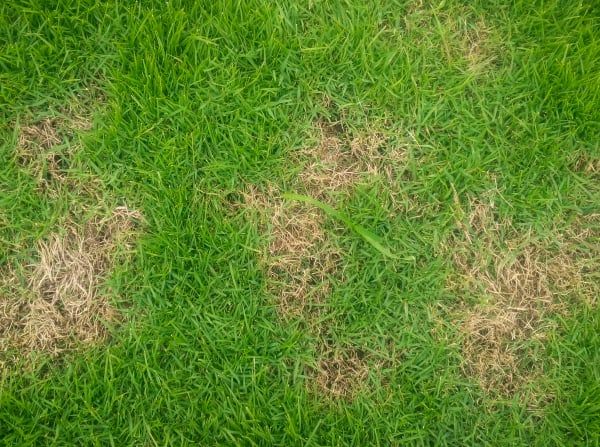
Lawn winterkill is the unfortunate result of winter, be it severe or mild. Unsightly brown patches on your lawn are caused by repeated freezing and thawing or by de-icing chemicals. Fortunately, all grass is repairable.
De-thatching your lawn is the first step, like cleaning out a wound. Using a lawn rake or power rake (or a purpose-built de-thatcher) clean all signs of dead material and prepare the ground for grass seed to put down roots.
Replace the damaged area with sod (the preferred material), or with some spot grass seeding. Water thoroughly and often when sprouting occurs. Most importantly, be sure to fertilize the areas you’ve repaired. Healthy grass will be better able to withstand next season’s winter woes.
Suck it up, sunshine
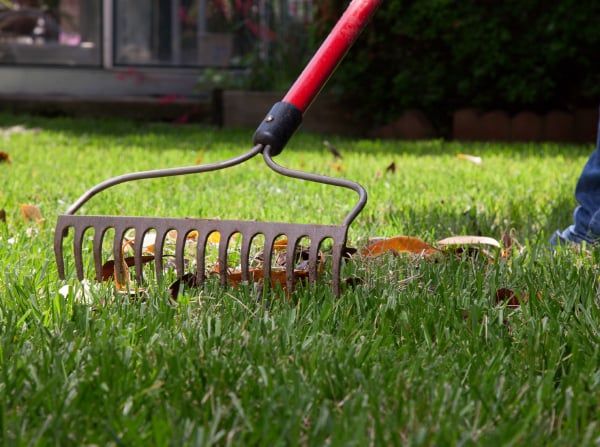
Yard debris, that is. It’s probably been several months since you actually worked on your lawn, but now is the time. The first step is to pick up all those leaves, sticks, and twigs…does your back hurt yet?
Fortunately, if you have an ATV, UTV, yard tractor or small tractor, you have a friend to help. Many companies offer simple-to-use pull-behind mechanical rakes that will gather all those twigs for disposal.
Sometimes you’ll encounter a mat of leaves that just won’t rake up no matter how hard you try. This is where a power yard vac comes to the rescue, letting you gather up leaves and light yard debris effortlessly. Self-powered, all your leaves will be collected into a cloth bag, ready for disposal at your burn or compost pile.
I saw what you did
Even if you don’t enjoy climbing trees, you can still perform some necessary tree maintenance this spring. Without question, the preferred tool for this is the chain saw, and many people head out to their favorite grove with both large and small chain saws.
Any damaged limbs should be removed as close to the trunk as possible to prevent disease creeping in and fatally damaging the tree. Hardly anyone uses “tree wound” compounds any more, as Nature manages to take care of smooth cuts faster and more naturally.
Use your ATV or small tractor to pull a wagon, and you’ll be able to clear additional deadfall as well, and haul it away.
Tags:Seasonal Living

Acreage Life is part of the Catalyst Communications Network publication family.













